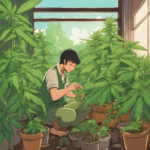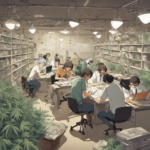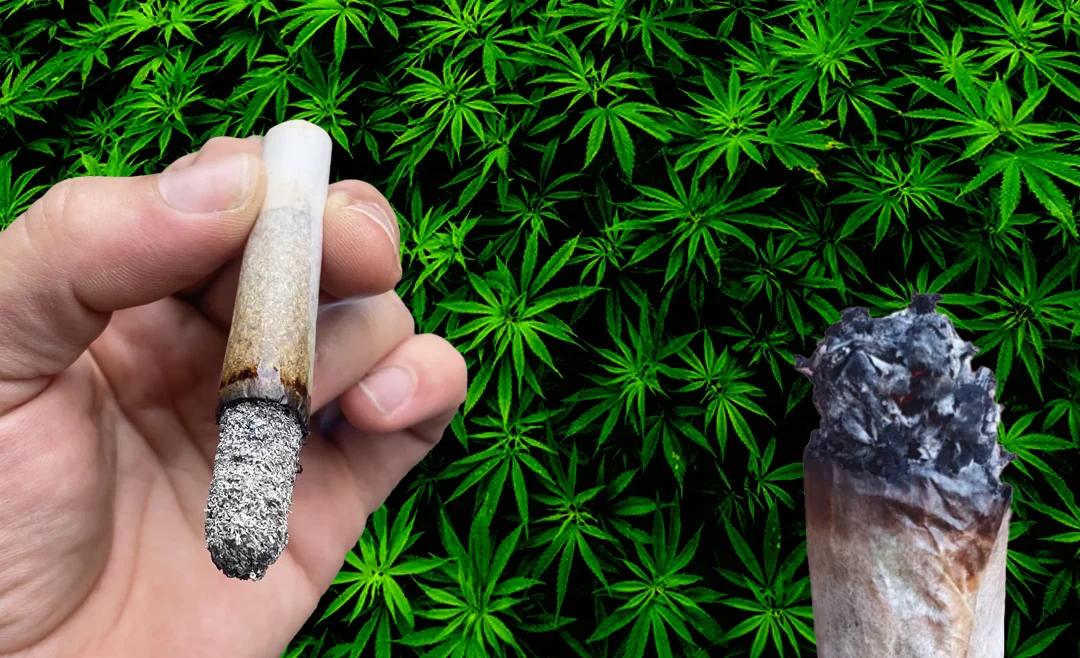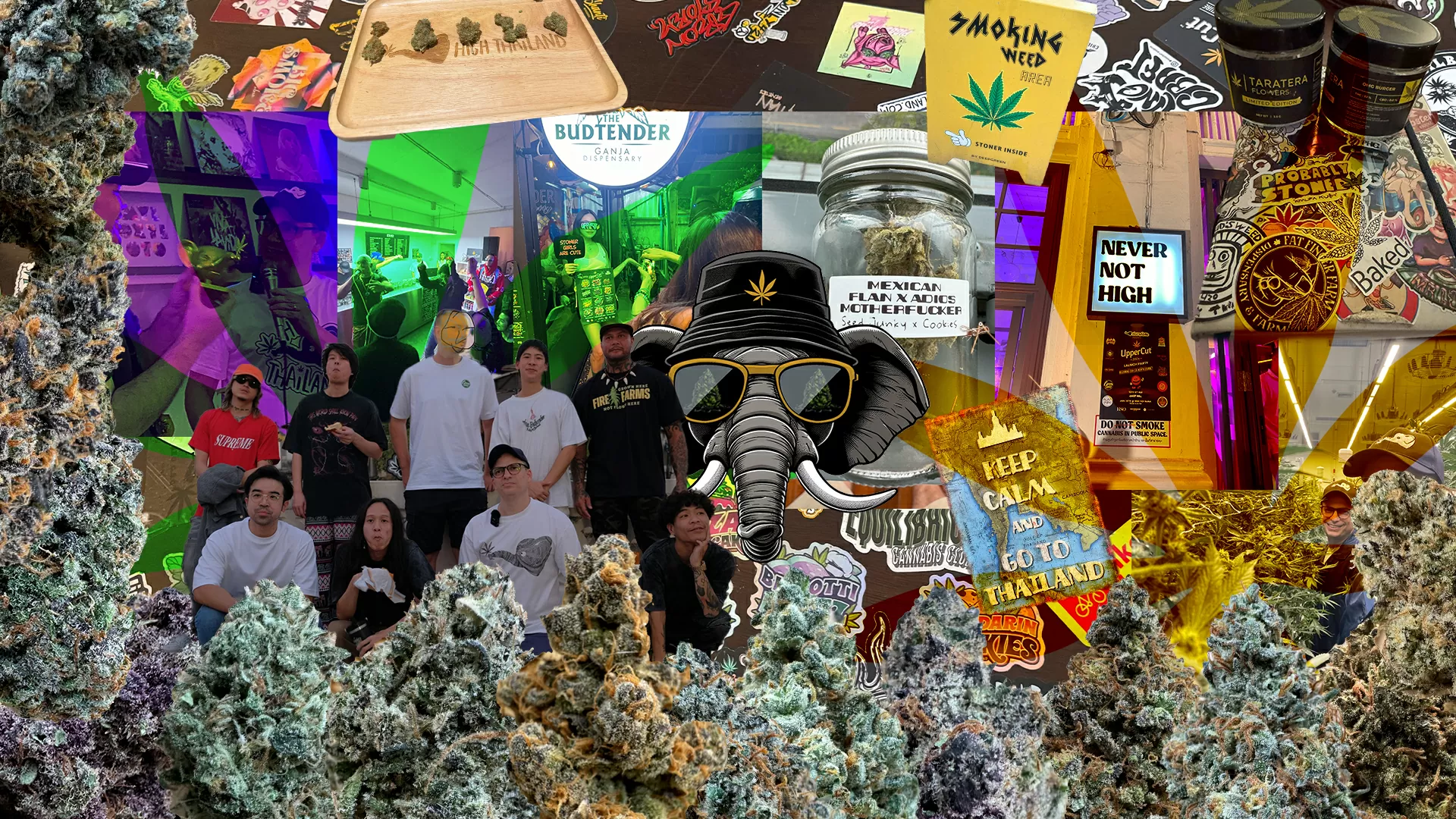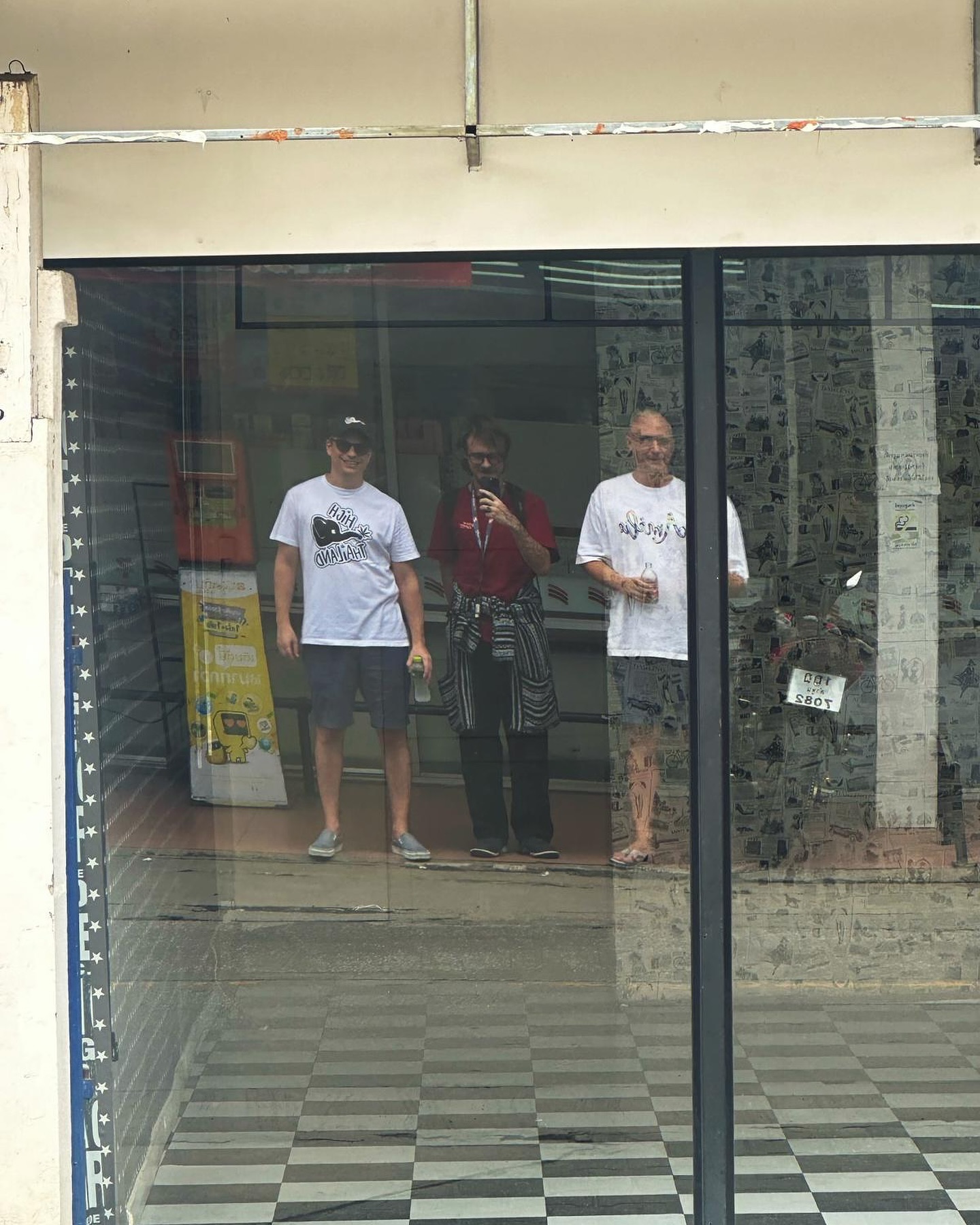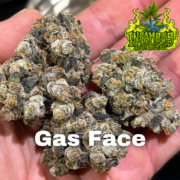In a bid to revitalize the pandemic-stricken economy, the Thai government embarked on a journey to promote licensed cultivation and distribution of cannabis. As a part of this initiative, one million cannabis plants were initially distributed to private households. Today, these intoxicating buds go by enticing names like “Painkiller” and “Guava Gouda”, enticing both locals and tourists alike. However, it is important to note that certain regulations are in place. The minimum age for cannabis consumption is set at 20, and the import and export of cannabis products remain strictly prohibited. Public smoking is also prohibited, although some shop owners have designated private smoking areas. To help enthusiasts navigate through the haze of regulations, a dedicated cannabis guide for tourists has been introduced.
While recreational use of cannabis is not yet officially legalized by the parliament, the removal of cannabis from the list of illegal drugs has decriminalized its personal use. However, skeptics argue that a complete ban on cannabis is unlikely to be reinstated, given the momentum towards legalization and the positive impact it has had on the country’s economy.
Thailand draws inspiration from Uruguay, the pioneer in the worldwide movement towards cannabis legalization. As early as 2013, Uruguay became the first country to legalize the cultivation, sale, and consumption of cannabis. The air in Montevideo, the capital city, is often filled with sweet cannabis smoke, as youngsters gather in parks and along the Rambla waterfront, indulging in joints. Consumers can purchase up to ten grams of marijuana per week from pharmacies after registering with the authorities. Additionally, individuals are allowed to cultivate up to six plants for personal use, while cannabis clubs with memberships ranging from 15 to 45 are permitted to grow up to 99 plants.
Moving to Europe, the Netherlands has long been hailed as a cannabis haven, with its famous coffee shops legalizing the sale and consumption of cannabis in the 1970s. However, the tolerance for cannabis comes with a catch – the cultivation and wholesale distribution of cannabis are still illegal. As a result, coffee shops must source their products through underground channels. Nevertheless, the Netherlands is set to take a step towards legal cultivation of cannabis next year, offering a glimmer of hope for a more regulated market.
With the legalization of cannabis in parts of the United States, particularly in California, the “green rush” has taken hold, leading to a blossoming cannabis tourism industry. Visitors can explore the “Cannabis Trail” in Oakland, which highlights the best dispensaries and other cannabis-related attractions. Rickey McCullough, the owner of “Root’d In The 510,” proudly showcases a range of THC-infused products, from edibles to creams, alongside an extensive selection of cannabis flowers and pre-rolled joints. However, it is important to note that public consumption of cannabis remains prohibited in California.
Canada, under the leadership of Prime Minister Justin Trudeau, joined the cannabis legalization movement in 2018. The primary aim was to bring cannabis out of the illegal market and regulate it effectively. While cannabis consumption initially witnessed a slight increase, recent surveys indicate that it has now plateaued, becoming a part of everyday life for many young Canadians, whether in the form of drinks, joints, or gummy bears.
The situation in Nepal is more intricate. In the past, the country attracted numerous hippies due to its cannabis culture and countless cannabis shops. However, production, sale, and consumption were banned in the 1970s under pressure from the United States’ war on drugs. Despite the ban, public cannabis consumption is often overlooked by the police, and some holy men known as “Sadhus” regularly smoke marijuana on the premises of Hindu temples. Efforts are now underway to legalize the drug once again, recognizing its cultural significance.
As we explore cannabis landscapes worldwide, we arrive in Greece, where illegal cannabis plantations have become a persistent problem for law enforcement. From the slopes of Mount Olympus to monastery gardens, police frequently discover large-scale cannabis cultivations, which are subsequently destroyed. Meanwhile, on the island of Crete, criminal organizations fiercely defend their territories, resorting to violence and even using firearms.
In Denmark, the topic of cannabis has dominated headlines recently, primarily due to the ongoing debate surrounding Christiania, a self-proclaimed autonomous neighborhood in Copenhagen. The residents have grown weary of drug dealers operating in the notorious “Pusher Street,” openly selling hashish and marijuana. This illegal trade, increasingly controlled by motorcycle gangs, has led to violent incidents and
